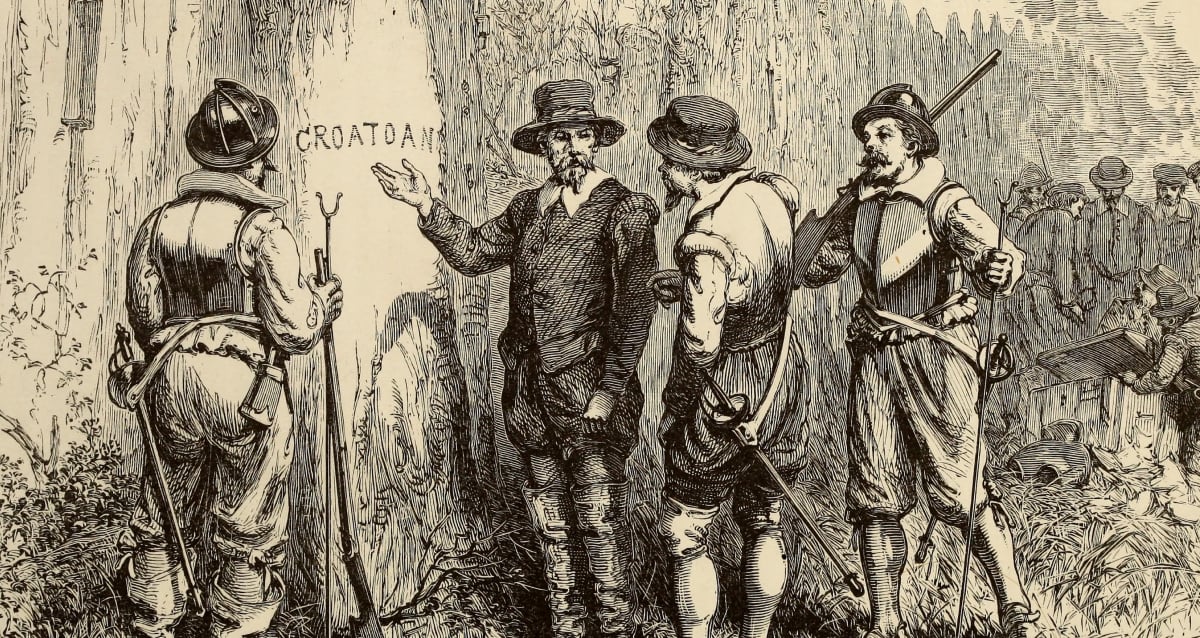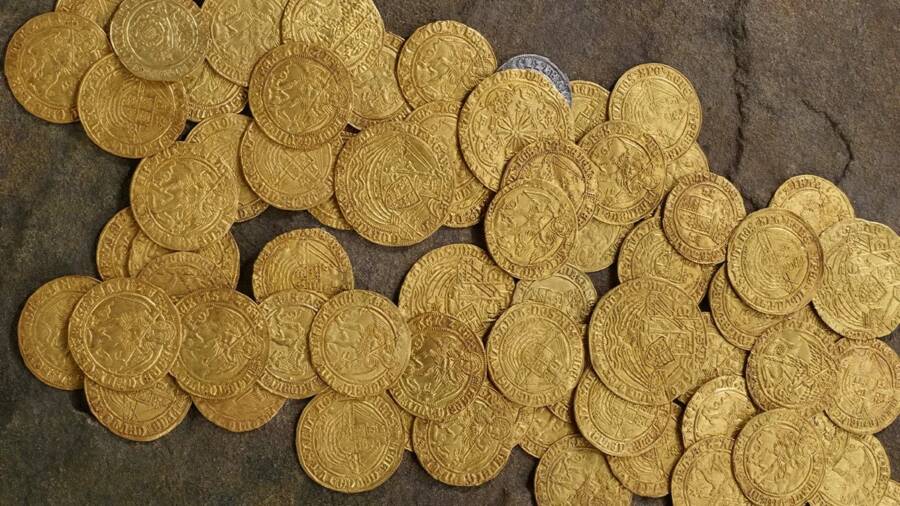Unearthed Secrets: Shocking New Artifacts May Finally Reveal the Fate of the Mysterious Roanoke Colony
So, what really happened to the “Lost Colony” of Roanoke? For centuries, people have spun tales of vanished settlers, cryptic carvings, and whispered curses — but what if the mystery wasn’t a mystery at all? Thanks to some tiny metal flakes called hammerscale, discovered on North Carolina’s Hatteras Island, it looks like we might finally have the smoking gun that settles the debate once and for all. Picture this: English colonists trading in the ghost story script for blacksmithing aprons, living side-by-side with the Croatoan tribe instead of disappearing into thin air. It’s almost as if history was waiting for someone to tune in with a metal detector and say, “Hey, you missed a spot!” So, ready to toss the legends aside and dive into some cold, hard evidence that rewrites one of America’s oldest puzzles? LEARN MORE.
Recent excavations on Hatteras Island may have just uncovered the “smoking gun” that reveals what happened to the Roanoke settlers and finally brings the mystery of the “Lost Colony” to a close.

Finding Croatoan/FacebookScott Dawson, the author and amateur archaeologist seeking to put an end to the supposed mystery of the Roanoke Colony once and for all.
Large amounts of hammerscale, metal scraps left over from blacksmithing, that have recently been found on North Carolina’s Hatteras Island could finally settle the mystery of what happened to the “Lost Colony” of Roanoke.
These scraps, according to one local archaeologist, could provide definitive evidence that the English colonists, after suddenly abandoning the Roanoke settlement in 1585, had simply decamped for nearby Hatteras Island and begun living alongside the Croatoan Native American tribe.
During a recent speech at the Roanoke River Maritime Museum in Plymouth, North Carolina, author, museum proprietor, and president of the Croatoan Archaeological Society, Scott Dawson, announced his discovery. Together with fellow archaeologist and TV presenter Mark Horton, Dawson had been searching Hatteras for more evidence to support his theory about what happened to the “Lost Colony of Roanoke”: that it was never lost at all.
During their excavations, they came across the hammerscale, which the Daily Mail notes are “barely larger than a grain of rice.” These shavings are a byproduct of iron-forging techniques that, Horton and Dawson say, would have been unknown to the Croatoan tribe.
English settlers, however, would have been using the blacksmithing techniques that produced hammerscale. If Dawson is correct, this could be the “empirical, physical evidence” that solidifies his theory about the Roanoke mystery once and for all.
The Supposed Mystery Behind The “Lost Colony” Of Roanoke — And Why It Doesn’t Make Sense

Wikimedia CommonsIllustration of the discovery of “CROATOAN” carved into a tree at the Roanoke Colony.
The mystery behind the Roanoke Colony has long been a foundational piece of American mythology.
As the story goes, in 1585, Sir Walter Raleigh established the colony in present-day North Carolina. About 120 people settled in the colony — but just five years later, none of them remained. When an English ship visited in 1590, the settlement was intact, yet the people had seemingly vanished all at once, as if into thin air.
The settlement was abandoned, and the only clue about what happened was a single word carved into a tree: “CROATOAN.”
In the more than 400 years since everyone seemingly vanished, numerous theories have sought to explain the fate of the Roanoke colonists. Some have suggested a terrible fate befell the Roanoke settlers, with rumors of cannibalism becoming pervasive. Others theorized that the colonists may have died off during a harsh winter.
Even the word “Croatoan” — the original name of Hatteras Island and the Native American tribe who lived there — developed its own morbid mythology.
Some have claimed that the poet Edgar Allan Poe, shortly before his death, had been muttering the word “Croatoan.” Amelia Earhart had allegedly scrawled the word in her journal shortly before her fateful final flight. Horror writer Ambrose Bierce had purportedly slept in a bed etched with the word mere nights before he vanished. The walls of the prison cell holding Wild West stagecoach robber Black Bart reportedly had “Croatoan” scratched into them — and he was never seen again after his release.
But there is no concrete evidence to suggest that any of this is actually true. Most likely, these stories were concocted later to add to the mystery surrounding Roanoke and the Croatoan tribe. What it shows, though, is how the story of the Lost Colony of Roanoke continued to both baffle and intrigue people for centuries.

Finding Croatoan/FacebookArchaeologist Mark Horton, who has been assisting Dawson in excavations on Hatteras Island.
Scott Dawson wasn’t buying it, though.
“They say that the colony vanished and they left behind this cryptic message on a tree, ‘Croatoan,’ and no one knows what it means,” he said. “The reason they do this is mystery sells, right? But Croatoan is Hatteras Island. It’s clearly labeled on the maps.”



















